Today, we’re excited to be talking with Grigorii Butrin, a talented Los Angeles based tattoo artist who is becoming increasingly popular due to his incredibly realistic sleeve tattoos.
Born near Moscow in 1995, Grigorii’s love for drawing set him apart from an early age, eventually leading him into the world of tattooing in 2014. Since then, he has honed his craft, developing a distinctive style that masterfully blends fine line, dotwork, and graywash realism.
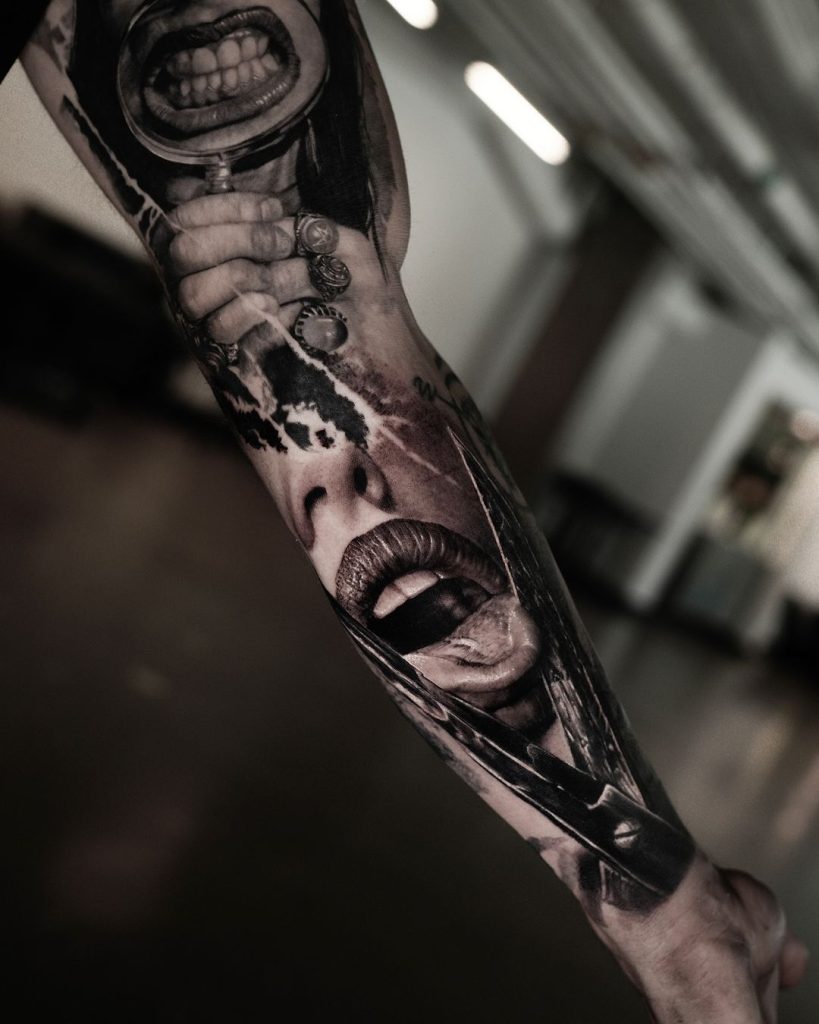
Grigorii’s work is known for its incredible depth and detail, often portraying iconic symbols, scenes from movies, musicians, and mythological figures in stunning realism.
His ability to use shading and negative space to bring complex compositions to life has earned him recognition in the tattoo community, including awards from international tattoo conventions.
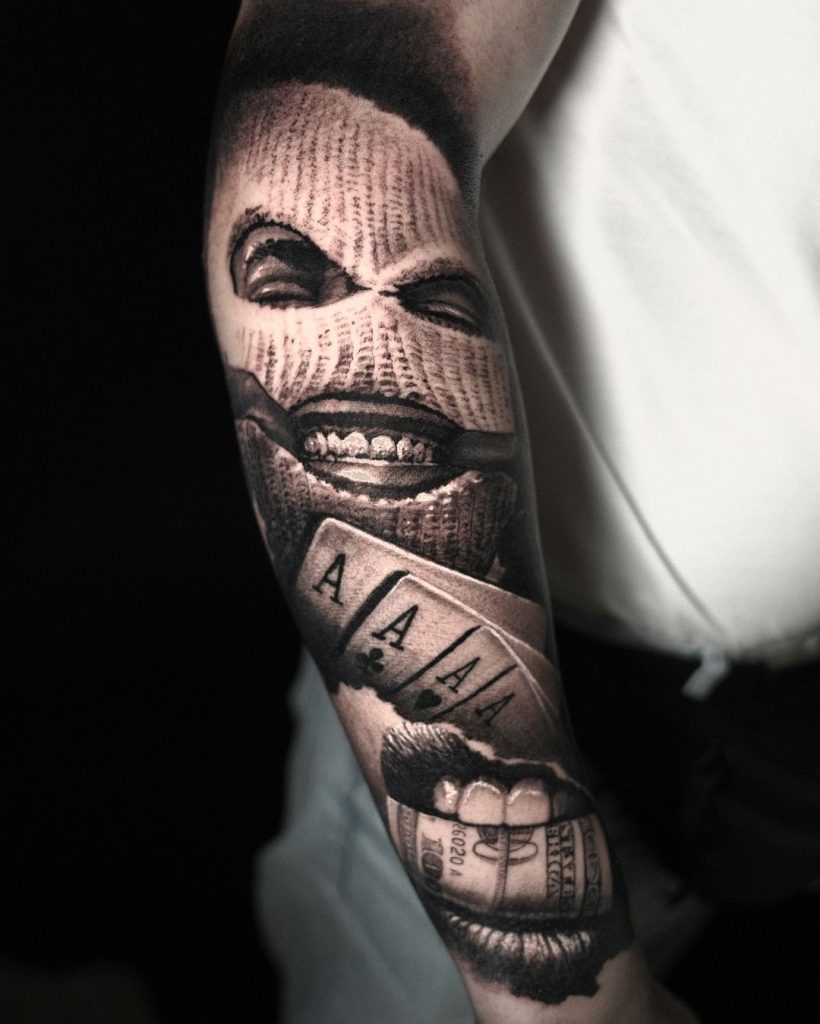
With a fast growing following on Instagram, Grigorii has now close to 30.000 followers and continues to push the boundaries of his art, frequently traveling across the U.S. for tattoo tours, with upcoming stops in San Francisco and Texas.
In this interview, we’ll explore Grigorii’s artistic journey, delve into his creative process, and uncover the techniques that make his black & grey tattoos so remarkable. Join us as we get to know the artist behind these striking works of art.
Your tattoos often feature iconic symbols, movie scenes, and mythological figures. How do you choose the themes for your designs?
For me, the process of choosing a theme always starts with a deep connection with the client and their story. I strive for each tattoo to not only showcase visually appealing images but also reflect meaningful elements for the person. This can be personal symbolism, a scene from a movie that influenced their life, or a mythological figure representing their inner values. My work often explores themes like struggle, strength, and transformation, which are perfectly expressed through realism and the dramatic play of light and shadow.
And what would you say are your biggest sources of inspiration?
I’m inspired by classical art, cinematography, and nature itself. The works of Renaissance masters like Michelangelo and Caravaggio inspire me to create tattoos where light and shadow play a key role. Cinematography, with its unique visual effects and composition of shots, also greatly influences my style. Nature is an endless source of inspiration for me—its textures and forms often find their way into the details of my work.
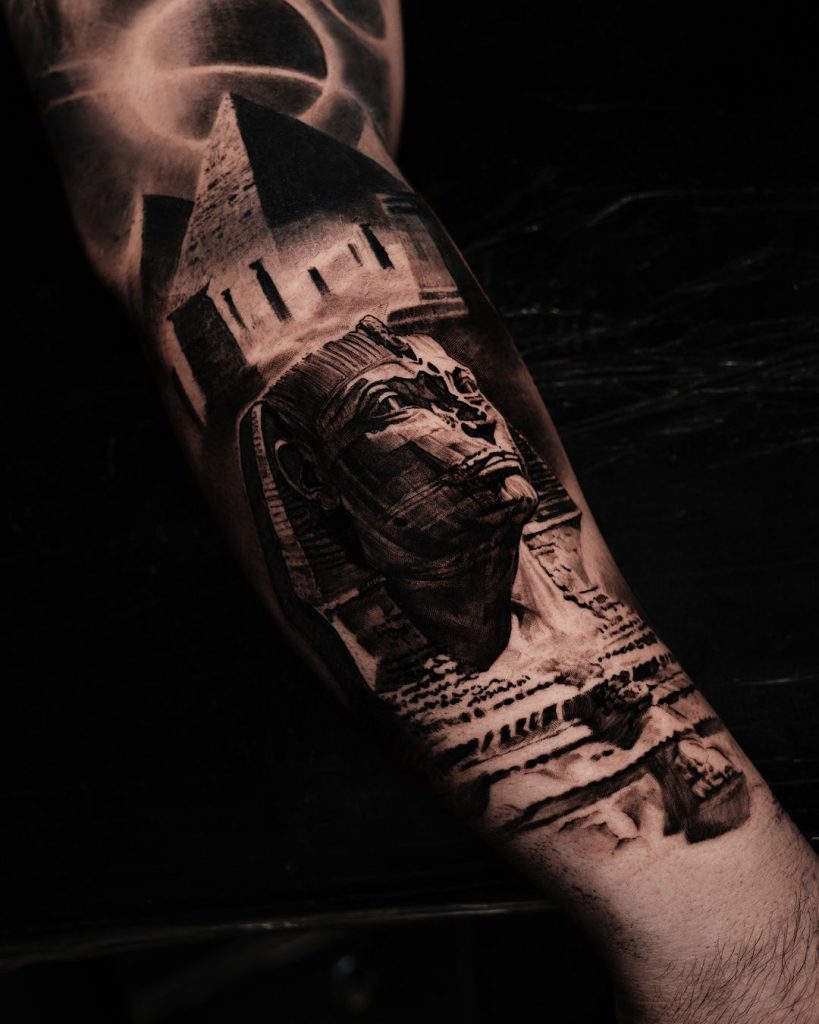
Your use of shading and negative space is exceptional. Can you share how you approach creating depth and contrast in your work?
Depth and contrast are key elements in my work. I use a technique of layering shadows, starting with light and soft strokes, gradually moving towards more saturated and dense tones. Negative space helps me highlight key elements of the composition and create the illusion of volume. I also pay special attention to proper lighting when creating sketches, which helps me foresee how the tattoo will look under different light conditions.
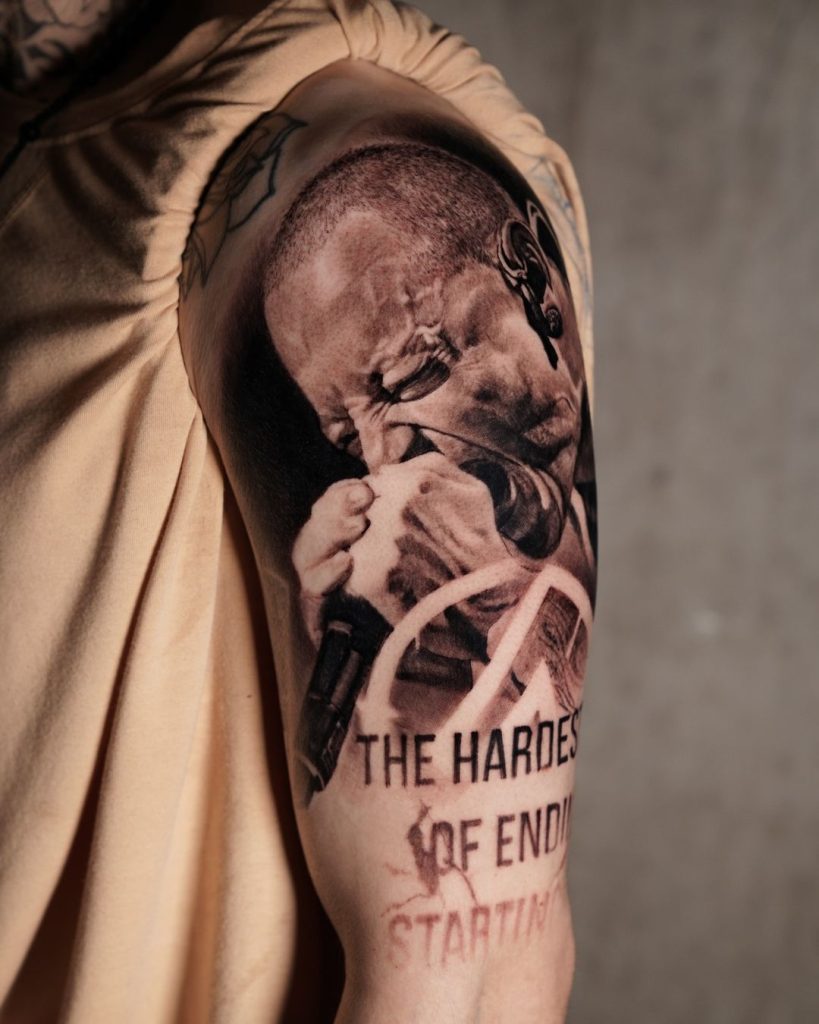
Can you walk us through your creative process, from initial concept to the finished tattoo?
My creative process begins with a detailed discussion of the idea with the client. We talk about the symbolism, meaning, and overall style of the future piece. Then, I create several sketches, experimenting with composition and details. Once the sketch is approved, I carefully plan out the light, shadows, and negative space to create maximum depth and realism. During the tattooing process, I follow each stage of the ink application to ensure smooth transitions and precise details. After finishing the tattoo, I photograph it using professional lighting to properly capture the details and textures.
What advice would you give to aspiring tattoo artists who want to specialize in realism or develop their own unique style?
My first piece of advice would be to study the basics of drawing and painting, paying special attention to anatomy, light, and shadow. These skills are fundamental to creating realistic tattoos. It’s also important to observe the works of masters and find inspiration in them, but not to copy them. Develop your own style, experiment with techniques and materials. And of course, never forget about consistent practice—that’s the only way to achieve a high level of craftsmanship.
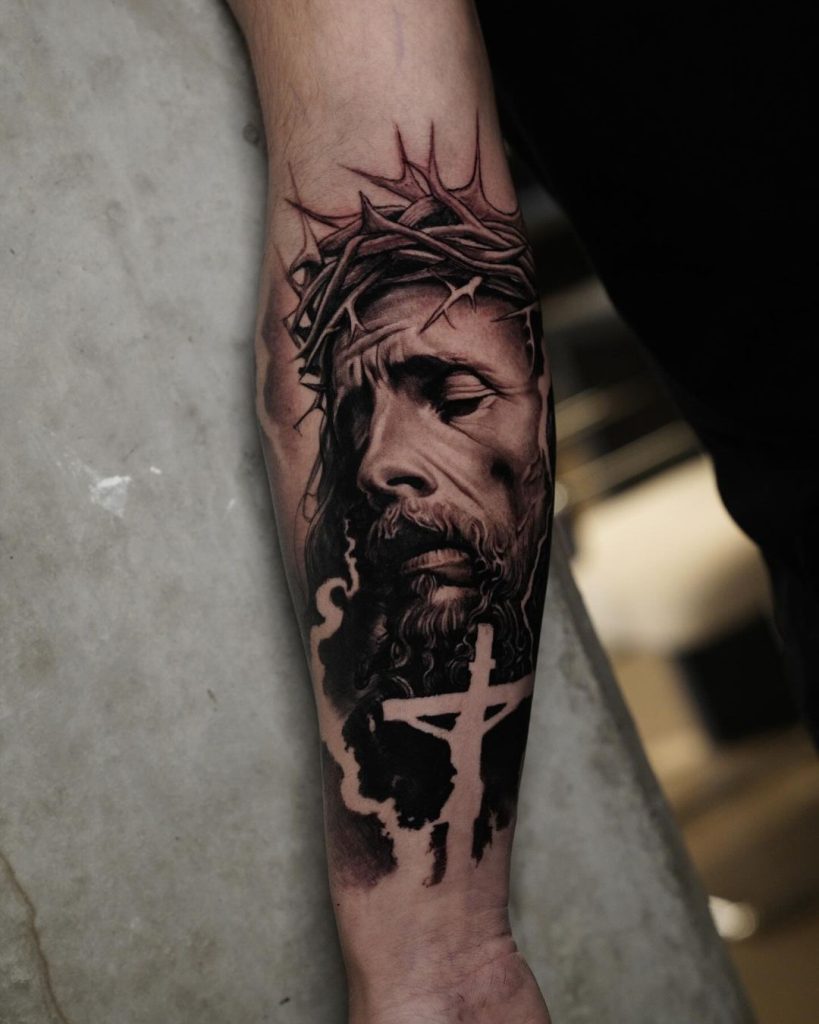
Realism requires a high level of precision and attention to detail. How do you maintain consistency and quality in your work, especially on large projects like sleeves?
The key is planning and discipline. Before starting a project, I always develop a detailed plan, including the composition, distribution of shadows, and use of negative space. I also break the project down into stages to focus on each detail without rushing. Maintaining concentration throughout the process is crucial, and my well-practiced technique and confidence in my skills help me stay focused.
You often travel for tattoo tours. How does working in different cities impact your approach to tattooing?
Traveling allows me to experience new cultures and styles, which in turn enriches my creativity. Each city has its own atmosphere and energy, and that often reflects in my work. Clients from different regions also bring their unique ideas and perspectives on art, which keeps me adapting and pushing my boundaries.
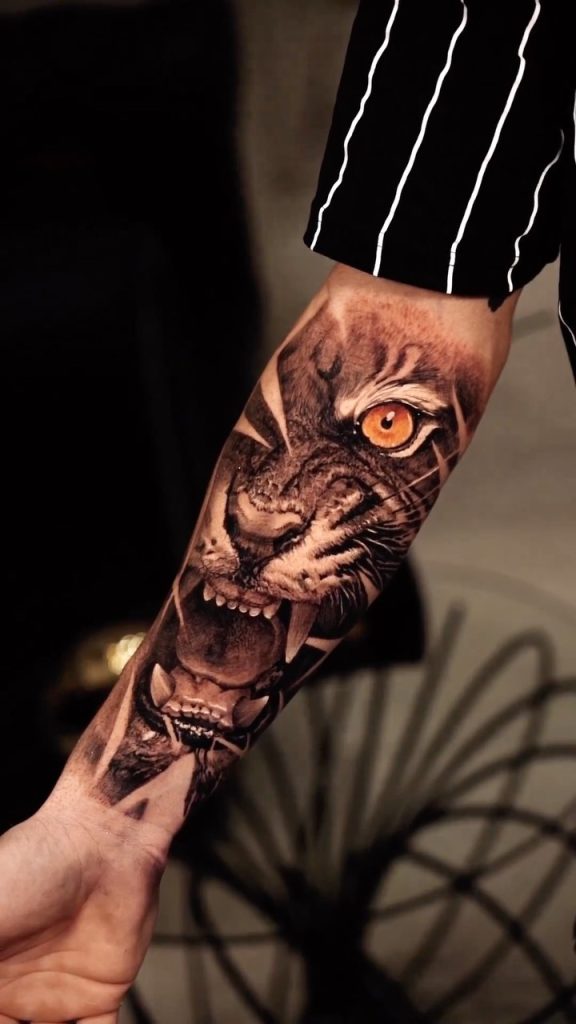
Are there any specific pieces you’ve created that stand out to you as particularly meaningful or memorable?
Every piece is meaningful in its own way, but the ones that carry deep personal significance for the client are especially memorable. One such project was a sleeve dedicated to the memory of a loved one, where we used both a portrait and symbolic elements to create a powerful emotional composition. It wasn’t just a tattooing process but a shared journey through memories and emotions.
With a growing Instagram following of 30,000, how has social media influenced your work and your connection with clients and fans?
Social media has become an important tool for showcasing my work and connecting with my audience. It allows me to not only share my work but also get instant feedback, which helps me grow as an artist. Instagram also opens up new opportunities for collaboration and attracts clients from different parts of the world. I pay great attention to the quality of the photos I post, as this is often the first point of contact with potential clients, and proper lighting and presentation are key.
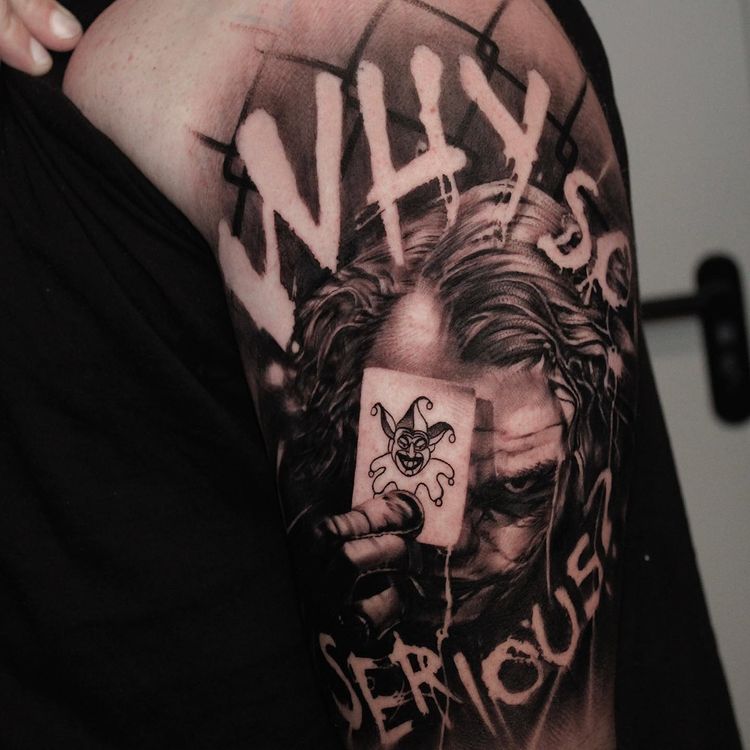
Looking ahead, what are your future goals and aspirations in the tattoo industry? Are there any new techniques or projects you’re excited to explore?
I’m always striving for improvement and learning new techniques. In the future, I plan to continue exploring the possibilities of black and gray realism, perhaps adding some color elements to create even more contrast. I also want to dive deeper into teaching, sharing my knowledge and experience with other artists, both in tattooing and in photographing their work. I’m also interested in participating in new international projects and festivals, to push the boundaries of my art and exchange experiences with colleagues around the world.
Through our conversation with Grigorii Butrin, it’s clear that his passion for tattooing goes beyond just creating beautiful art—it’s about telling stories and capturing the essence of each subject with incredible precision.
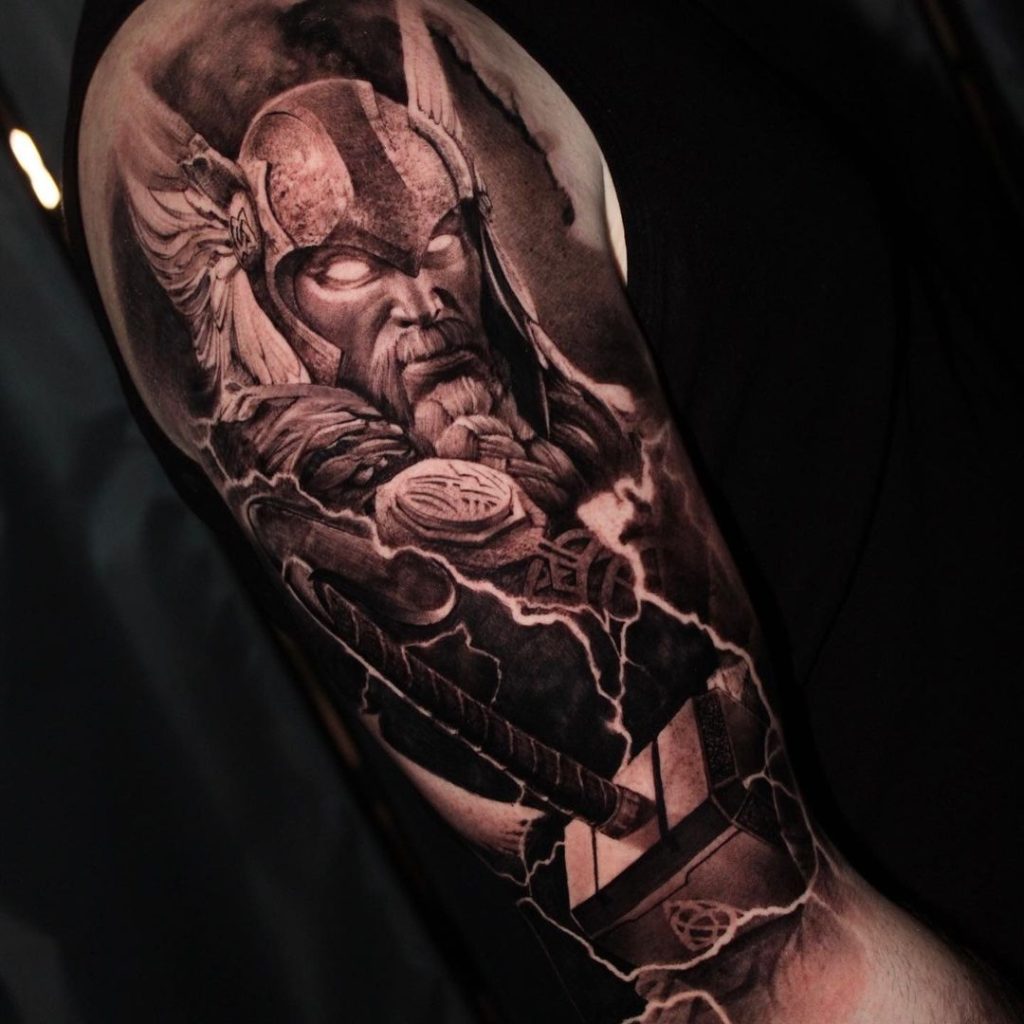
As he looks ahead to future projects and travels, we’re excited to see how Grigorii will continue to push the boundaries of tattoo art.
Maybe Grigorii will be tattooing in a city near you – the best way to know is by following him on Instagram @butrin.tattoo.



No Comment! Be the first one.